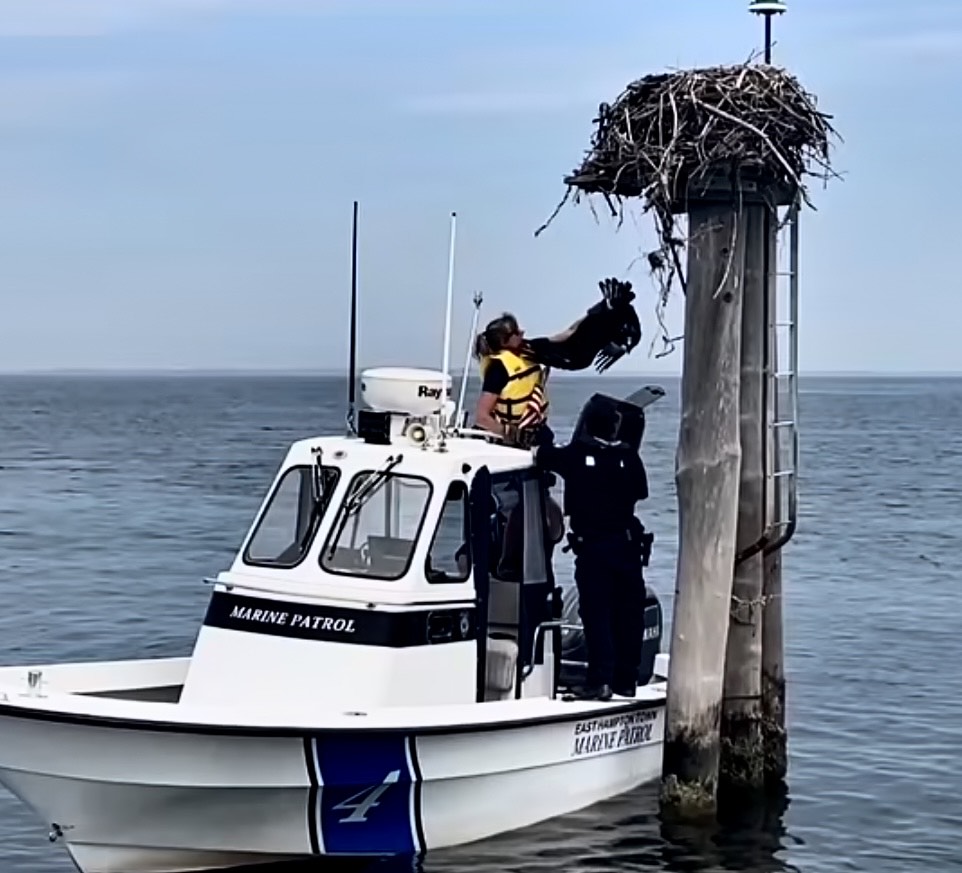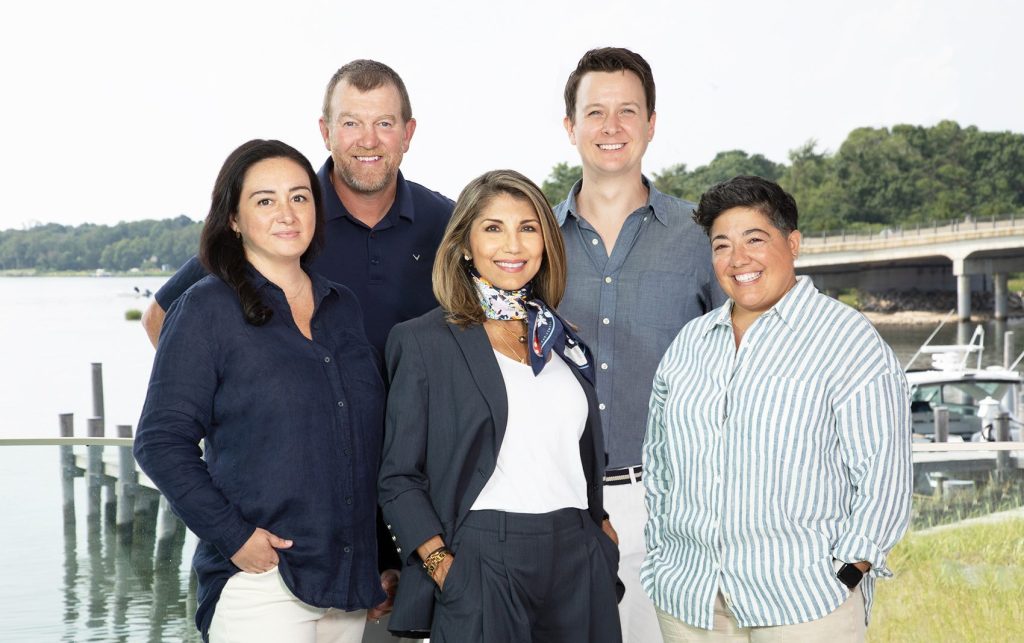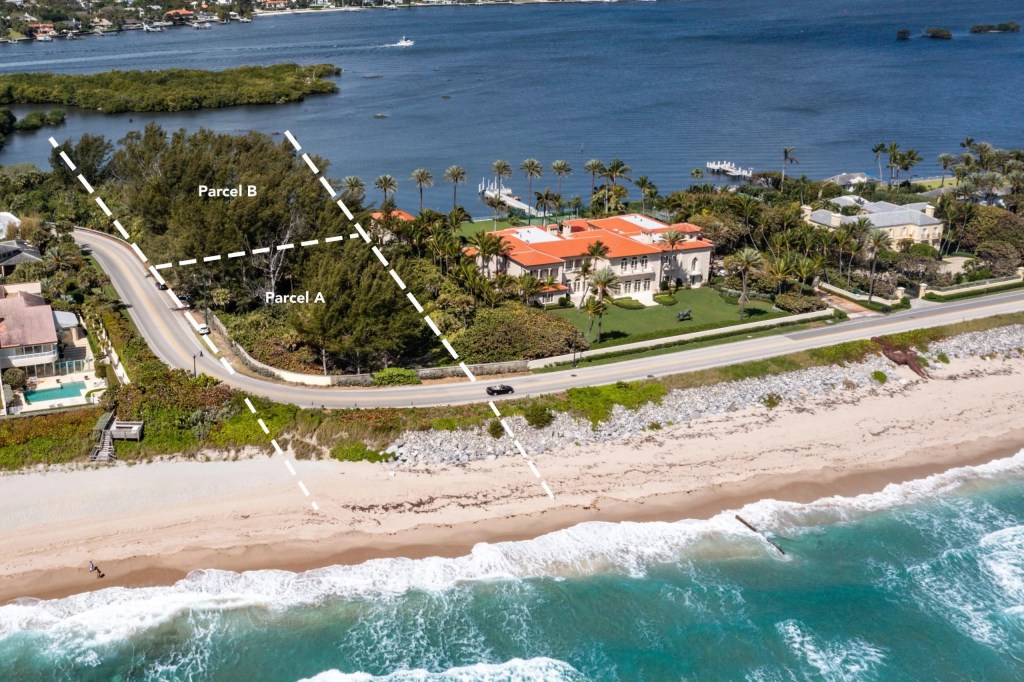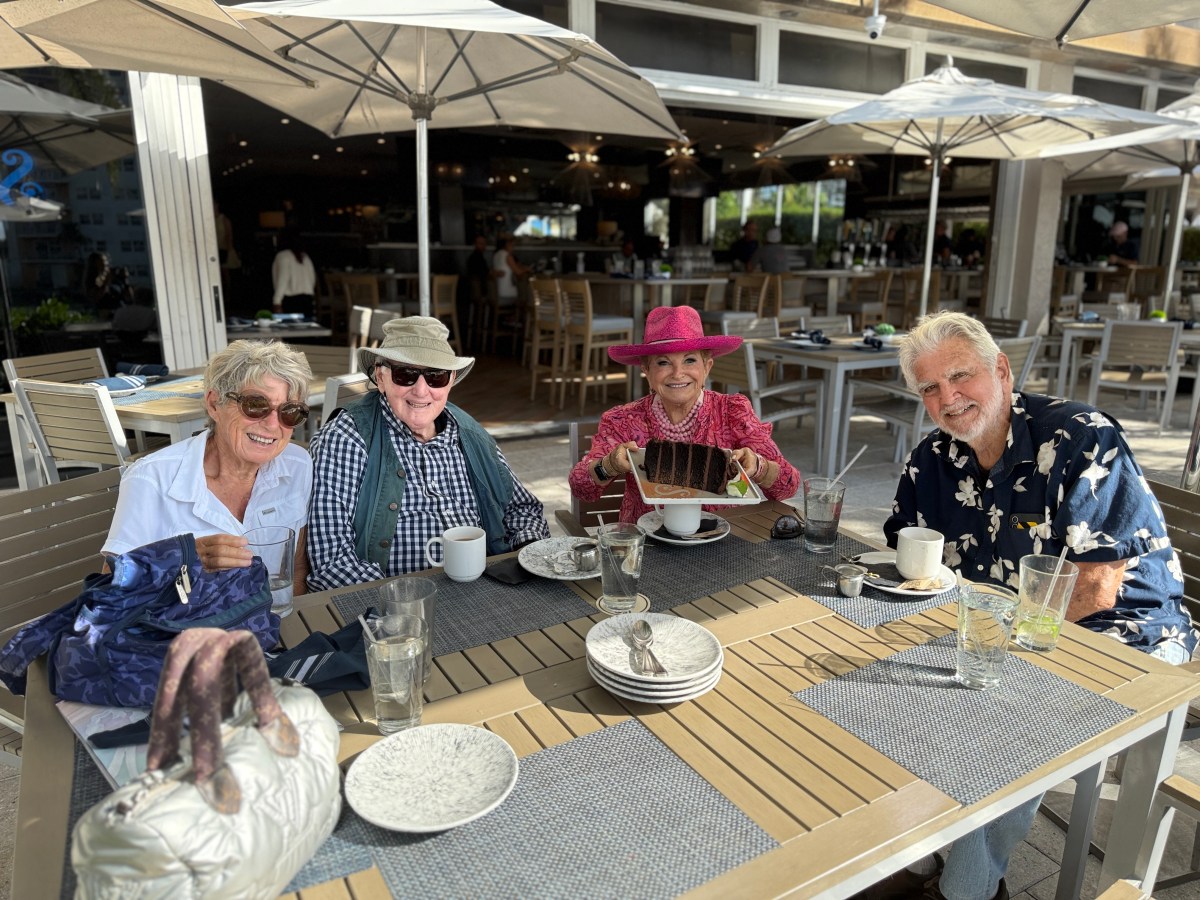Osprey Caught and Injured by Fishing Wire Makes a Successful Recovery

At least 400,000 birds have been estimated to die in gill nets annually, according to a 2013 study published in the academic journal Biological Conservation.
What’s more, a report titled “Threats to Native Birds” by Wild Bird Rescues Gold Coast states that discarded fishing line is one of the two leading causes of death in native birds, the other being unattended fishing line. In Florida, environmental news company Bay Surroundings finds that discarded fishing line is the leading cause of death for native pelicans. Despite these heartbreaking statistics, little has been done to combat or solve the problem — and now that fishing season has arrived, Long Island’s birds are at risk.
“Ospreys are most threatened by discarded fishing wire,” said Noelle Dunlop, director of development of the Evelyn Alexander Wildlife Rescue Center (EAWRC).
While the EAWRC receives various species of birds injured by fishing wire, ospreys appear to struggle with the problem the most, with cases appearing annually. Since ospreys build their nests on posts near or in the water, they tend to collect materials from the surrounding area which tragically include discarded fishing wire attached to sticks found on rocks.
On June 3, the EAWRC received numerous calls about a struggling osprey in East Hampton. Wildlife transport volunteer Jeannette Caputo arrived at the scene as quickly as she could, finding the osprey hanging upside down more than three miles from the shore, on a lightpost. The osprey was stuck as the fishing line was wrapped around its legs, attached to its nest. Seeing the bird frantically swinging and in pain, Caputo was ready to “jump into the water and swim the three miles out to save the struggling bird,” she said.
Fortunately, local marine patrol officers spotted her and offered her a lift to the nest. The officers and Payne were able to cut the osprey free from the fishing wire, transporting it immediately to the EAWRC for a full evaluation of his injuries. EAWRC hospital found that the bird had weakness in the legs and a reluctance to fly.
“Serious injuries were prevented because of the quick action taken to save the bird,” Dunlop said.
After a solid 36 hours in the hospital, the beautiful osprey was able to be transferred to the EAWRC flight cage and the employees witnessed a full recovery, with the osprey flying again and demonstrating a strong grip on both legs. Due to the well-coordinated rescue mission and rehabilitation, EAWRC Executive Director Kathleen Mulcahy released the osprey on the morning of June 7. The bird had a wonderful reunion with its mate, who was anxiously waiting.
While this initially tragic case ended with a very happy ending for the osprey, most are not as lucky. Last year, the EAWRC received a similar call for an osprey once again, dangling upside down from its nest by a discarded fishing wire.
“Unfortunately speaking, the osprey was too injured from the wire and passed away after it was hospitalized,” Dunlop recalled.
Situations like these ones are heartbreaking, yet not much has been done to prevent these common accidents. Organizations dedicated to reducing marine pollution such as the Save Coastal Wildlife organization, located in New Jersey, discusses recycling or reusing excess fishing line instead of tossing it, as monofilament fishing line is considered recyclable. The EAWRC also recommends supporting the use of biodegradable fishing line, such as the TUF-Line Biodegradable Monofilament fishing line, which is sold by Amazon, Walmart, and many tackle shops.
Recycling what would be discarded fishing line, or promoting the use of biodegradable fishing line, would not only prevent local accidents such as this one, but save thousands of ospreys and other birds across America. This osprey was lucky to have been found quickly and hospitalized, yet most, and many to come, will not be as lucky. Important measures like these should be taken by local fishermen to ensure that local birds don’t have to be injured or killed due to excess fishing line.
The center is located at 228 West Montauk Highway, Hampton Bays. It can be reached at 631-728-4200, and animal emergencies can be reported at 631-728-WILD (9453). The center is open 9 a.m.–5 p.m. seven days weekly. Visit wildliferescuecenter.org for info.



